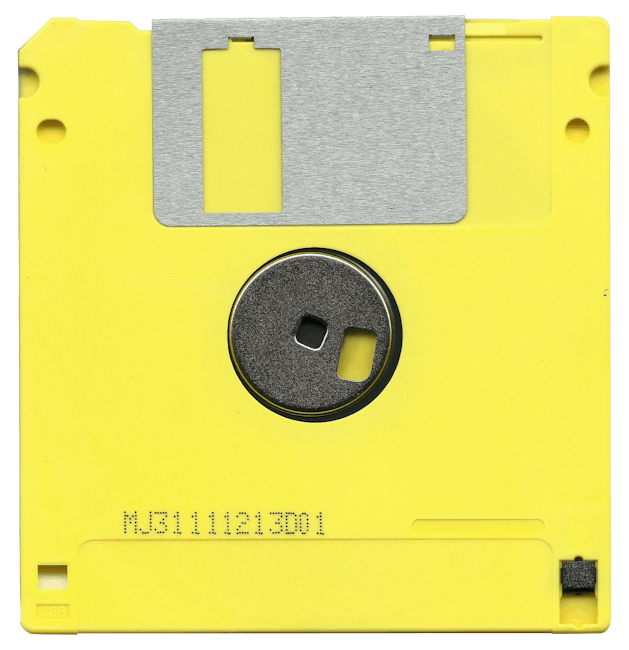Unlock encrypted content
Please enter your SSCE key to initiate on-the-fly decryption.
Decryption key: (Click cancel if you don't have the key)
Copied link to clipboard.
This feature is unavailable for free accounts. Upgrade now and enjoy all Premium benefits.
Go Premium!
This feature is unavailable for free accounts. Upgrade now and enjoy all Premium benefits.
Go Premium!
Please open this page in browser ( Google Chrome or Safari ) to use this feature.
Open In Browser
Efficient Data Replication and File Backup: Ensuring Data Security and Accessibility
Random related video for this blog.
Copied share link to clipboard.
With the increasing reliance on digital data and the potential risks associated with data loss, efficient data replication and file backup solutions have emerged as critical tools for ensuring data security and accessibility. In this article, we will explore the significance of efficient data replication and file backup, along with the various technologies and protocols that facilitate these processes.
The Importance of Efficient Data Replication
Efficient data replication involves creating and maintaining multiple copies of data across different storage devices or locations. This redundancy ensures that data remains accessible even in the event of hardware failures, natural disasters, or other unforeseen circumstances. By replicating data, organizations can minimize the risk of data loss and ensure business continuity. One notable technology that enables efficient data replication is automatic backup. With automatic backup solutions, data is automatically copied and stored on a regular basis, eliminating the need for manual intervention. This not only saves time and effort but also ensures that data is consistently protected.File Backup and Efficient File Transfer Protocols
File backup is a specific aspect of data replication that focuses on creating copies of individual files or directories. It allows users to restore specific files or folders without the need to recover an entire dataset. Efficient file backup solutions are designed to optimize the backup process, ensuring minimal storage requirements and reduced backup times. Efficient file transfer protocols play a crucial role in enabling seamless backup operations. These protocols facilitate the secure and reliable transfer of files between storage devices or locations. One such protocol is FTP (File Transfer Protocol), which has been widely used for decades. FTP allows users to transfer files over a network, ensuring efficient data replication and backup. Another notable file transfer protocol is remote URL upload. This protocol enables users to upload files directlyfrom a remote URL without the need to download them to their local device first. By leveraging remote URL upload, users can streamline the backup process and accelerate data replication.
Enhancing Data Security with File Access Control and Data Deduplication
Ensuring data security is paramount when it comes to data replication and file backup. File access control mechanisms play a vital role in protecting sensitive data from unauthorized access. These mechanisms allow administrators to define access permissions, ensuring that only authorized individuals can view or modify specific files or directories. Data deduplication is another critical technique that enhances data security and optimizes storage utilization. This process involves identifying and eliminating duplicate data within a dataset. By removing redundant data, organizations can reduce storage requirements, lower backup times, and enhance overall data efficiency.Exploring Advanced Technologies: Li-Fi and Neuromorphic Data Storage
As technology continues to advance, new and innovative solutions are emerging in the field of data replication and file backup. Two such technologies are Li-Fi (Light Fidelity) and neuromorphic data storage. Li-Fi is a wireless communication technology that uses visible light to transmit data. It offers faster data transfer speeds and higher bandwidth compared to traditional Wi-Fi. Li-Fi-based backup solutions can revolutionize the way data is replicated and backed up, providing lightning-fast transfer speeds and enhanced security. Neuromorphic data storage is inspired by the human brain's ability to process and store information. It leverages artificial intelligence and machine learning algorithms to optimize data storage and retrieval. By mimicking the brain's neural networks, neuromorphic data storage systems can significantly improve data replication and backup processes.Conclusion
Efficient data replication and file backup are essential for ensuring data security, accessibility, and business continuity. With technologies such as automatic backup, efficient file transfer protocols, file access control, data deduplication, Li-Fi, and neuromorphic data storage, organizations can enhance their data replication and backup capabilities. By incorporating these solutions into their workflows, individuals and businesses can safeguard their valuable data and mitigate the risks associated with data loss.Frequently Asked Questions (FAQs)
Question: How does data replication differ from file backup? Answer:
Data replication involves creating and maintaining multiple copies of data across different storage devices or locations, ensuring redundancy and accessibility. File backup, on the other hand, focuses on creating copies of individual files or directories, allowing for specific file or folder restoration without recovering an entire dataset.
Question: What are some examples of efficient file transfer protocols? Answer:
FTP (File Transfer Protocol) is a widely used protocol for efficient file transfer. Remote URL upload is another protocol that enables users to directly upload files from a remote URL without downloading them to their local device first.
Question: How does data deduplication enhance data security? Answer:
Data deduplication eliminates duplicate data within a dataset, reducing storage requirements and backup times. By removing redundant data, organizations can enhance data security by minimizing the amount of sensitive information stored and transmitted.
Question: How can Li-Fi and neuromorphic data storage revolutionize data replication and backup? Answer:
Li-Fi offers faster data transfer speeds and higher bandwidth compared to traditional Wi-Fi, enabling lightning-fast data replication and backup. Neuromorphic data storage leverages artificial intelligence and machine learning algorithms to optimize data storage and retrieval, significantly improving the efficiency of replication and backup processes.
By Amelia Isabella
Email: [email protected]
Related
Effortless File Organization: The Key to Secure Document Collaboration and...
June 2, 2023
Read More
Cloud Storage Reliability: A Game-Changer in Data Management and Collaboration.
June 18, 2023
Read More
Popular
The Future of Cloud Storage: Reliability, Security, and Innovative Features...
June 8, 2025
Read More
Efficient Cloud Storage Solutions for Creative Professionals and Businesses in...
June 4, 2025
Read More
Emerging Technologies in Cloud Storage: Revolutionizing Data Management and Security...
June 11, 2025
Read More
Latest
Emerging Technologies in Cloud Storage: Revolutionizing Data Management and Security...
June 11, 2025
Read More
The Future of Cloud Storage: Reliability, Security, and Innovative Features...
June 8, 2025
Read More
Efficient Cloud Storage Solutions for Creative Professionals and Businesses in...
June 4, 2025
Read More
Exploring the Future of File Sharing: Augmented Humans, Cryptocurrency, and...
May 14, 2025
Read More
Effective Project Management Software for Remote Work: Ensuring Data Security...
May 11, 2025
Read More
Innovative File Collaboration and Secure Cloud Storage Solutions for Modern...
April 27, 2025
Read More
The Future of Technology: Automation, Cybersecurity, and Collaborative Innovations in...
April 20, 2025
Read More
The Future of Technology: Exploring AI, Biotechnology, and Revolutionary Data...
April 9, 2025
Read More
The Future of Data Management: Exploring Cloud Storage, Voice Assistants,...
April 6, 2025
Read More




























